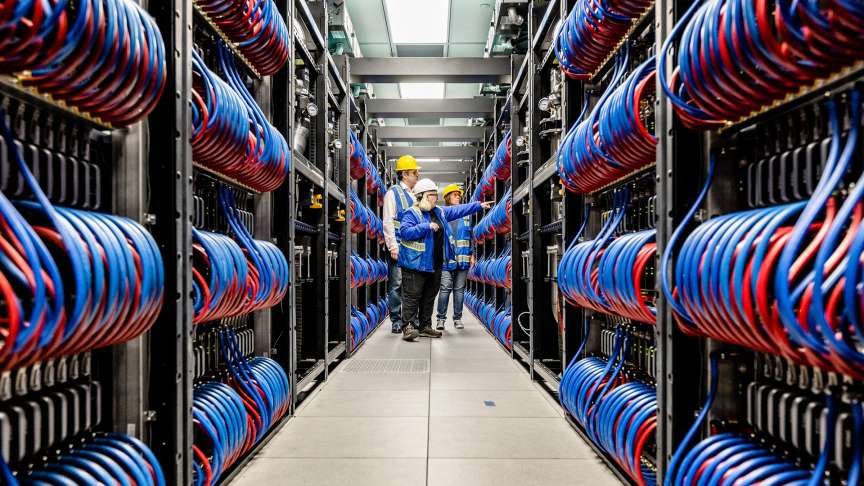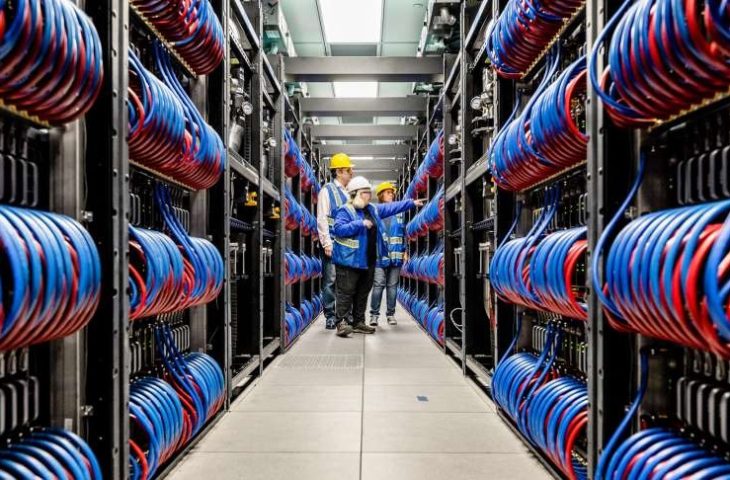With the necessary delay, Intel and HPE complete the American supercomputer Aurora. This HPC system will be the first exascale installation based on Intel hardware.
The last of the 10,624 blades has snapped into the rack, marking the completion of HPE and Intel’s construction of the Aurora supercomputer at Argonne National Laboratory in the US. The construction did not go smoothly. Aurora was delayed so much that the world’s first exascale system has been online for some time. This computer is called Frontier and is based on AMD processors. Aurora will be the first supercomputer with more than one exaflop of computing power based on Intel CPUs.
specifications
Aurora features 63,744 Data Center GPU Max accelerators on board combined with 21,248 Intel Xeon CPU Max processors. These are powerful niche chips that Intel released late last year. The unique architecture with tens of thousands of accelerators makes Aurora the world’s largest GPU cluster.
The HPC system has more than 1,000 storage nodes, which corresponds to a capacity of 220 PB and a bandwidth of 31 TB per second. HPE’s Slingshot fabric acts as an adhesive.
Not in use yet
The end of construction of Aurora does not mean that the computer is already up and running. However, that wouldn’t last that long. Intel expects the system to be ready for peak performance later this year. They would be good for two exaflops of processing power right off the bat, making Aurora the world’s fastest supercomputer.
The question now is whether Intel and HPE will meet this deadline and, more importantly, whether Aurora will be operational immediately. Frontier was able to break records, but the system, with its unprecedented performance, still faced many teething problems and could not go a whole day without crashing. Aurora is based on a completely different architecture that is no less experimental.














